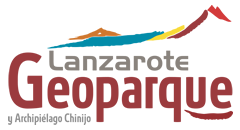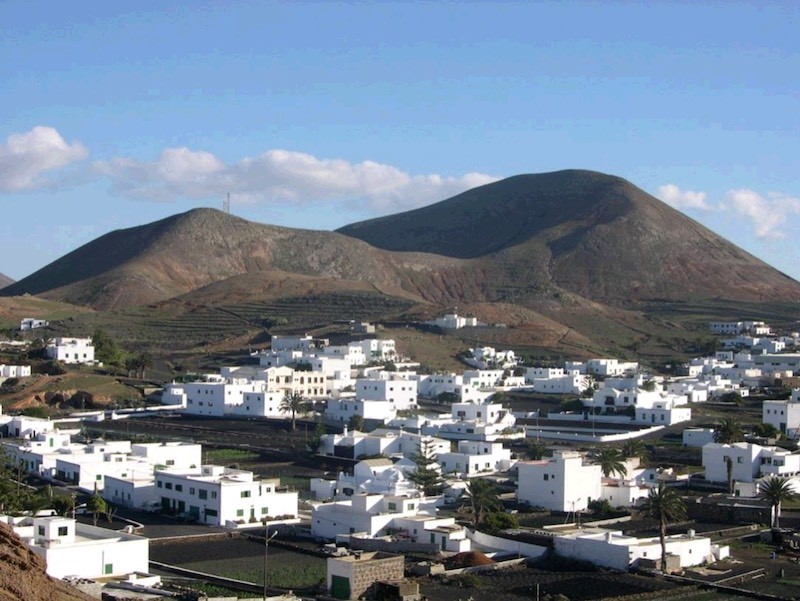Project Description
A volcanic building formed in the Middle Pleistocene. In the process there was a series of hydromagmatic and strombolian episodes. Abundant dune enclaves. The crater is filled by sandy-clay deposits. In its flanks there is a high level of encalichamiento developed on the surface as a consequence of the erosion of the external pyroclastic levels on the top of the stratigraphic column. These carbonate crusts cover and protect the hillsides of the volcano building from erosion, and are essential to understand the low degree of erosive dismantling. The outcrop of these powerful caliche crusts that transform the pyroclasts into tuffs that are more or less consolidated helping the inhibition and/or deceleration of erosion processes. For this reason, the dismantling degree of these protected buildings, despite being old volcanic buildings, is lower than that of more recent volcanic cones, with or even without less powerful caliche crusts.
The main interest of this geosite is petrological. It also has a geomorphological and sedimentological interest. It is typical of volcanic buildings with encalichadas surfaces that protect them from subsequent erosion. The topographic contrast with its surroundings as well as its morphology, give it a special landscape value.

